Logistics managers are tasked with realizing more throughput from existing assets, and rationalizing private fleets and other fixed cost. As the saying goes, you can’t manage what you don’t measure. Rail shippers require specific information to effectively manage their day-to-day shipping and for long term planning and decision-making.
Small rail shippers usually start out manually creating reports and keeping their data in spreadsheets. They use the free tracking data from railroad websites or Steelroads. That may work if you have just a handful of rail cars and shipments. However, if you have a significant rail freight spend and investment in rail cars, more advanced reporting is necessary to make the most effective use of your resources. Once a shipper has more than a few hundred shipments per year to manage, they need to know more than just the latest car location message for their cars.
So, what type of metrics do you need to manage your rail shipping?
While key performance indicators and other metrics have to be customized for each individual company, all shippers usually need reporting that will:
- Assist in the daily proactive management of rail shipments by identifying problem cars so that action can be taken to minimize and delays and keep assets moving.
- Communicate shipping information and reliable ETAs so that customers or other facilities can plan for the receiving of inbound materials or empty cars.
- Fleet visibility so that the correct number and type of cars are in the right place.
- Identify areas that need improvement. For example locations with slow turnaround times, customers holding cars or causing car damage, etc.
- Reporting of inventory, freight, and asset costs.
Here are examples of specific reports that are used to meet these needs.
Railcar Shipments and Cars In Transit
Trace reporting with the current location and recent movement history of each railcar in the fleet. Automatic monitoring and alerting of jeopardized shipments.
Transit and Cycle Times
If you have a private fleet, you will want to be able to track and measure the performance of your railcars over the whole shipment cycle. This includes turn time at origin and destination, and loaded and empty transit times. You will want to monitor this performance over time by location and also measure variability. These metrics are useful for forecasting delivery times, understanding fleet sizing requirements, and calculating asset costs by lane.
On-Time Performance and Costs
Shippers usually require freight volume reports by location, customer, and product. On-Time Reports can be an important customer service metric for knowing if your customers are receiving product within anticipated delivery windows.
Pipeline Reports
Having an accurate count and ETAs of cars at various stages (e.g. loaded to customer, empty returns) is important operationally.
Detention & Demurrage
Detention and demurrage charges are a significant cost for most shippers. In 2018 the 4 largest railroads collected a total of over $1.2 billion in accessorial fees. To control demurrage, shippers need to track the rail cars and locations at risk for accruing demurrage. In addition, many shippers need to be able to calculate and charge their customers for railcar detention.
Identify Delays and Opportunities
Almost all shippers have certain problem areas. Maybe it’s congestion at facility, or certain customers that don’t unload and release cars in a timely manner. There is a need for reporting that will help identify these problem areas and monitor trends over time.
Railcar Tracking and Performance Measurement for Your Business
Rail shippers come from a range of industries and each shipper has unique reporting needs. At RSI we have worked hard over the past 20 years to build a system that is both flexible and robust in order to meet the needs of a variety of rail shippers. Contact us to learn how our reporting and services may be able to help you improve the management of your rail transportation.


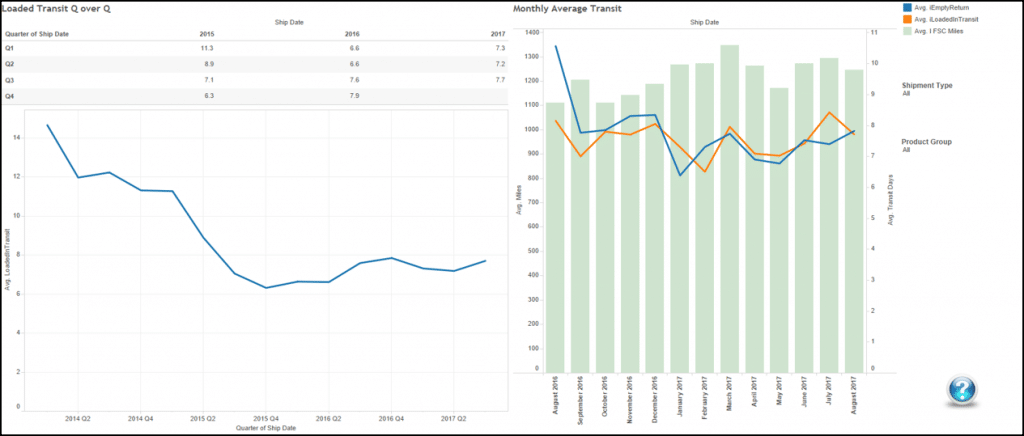
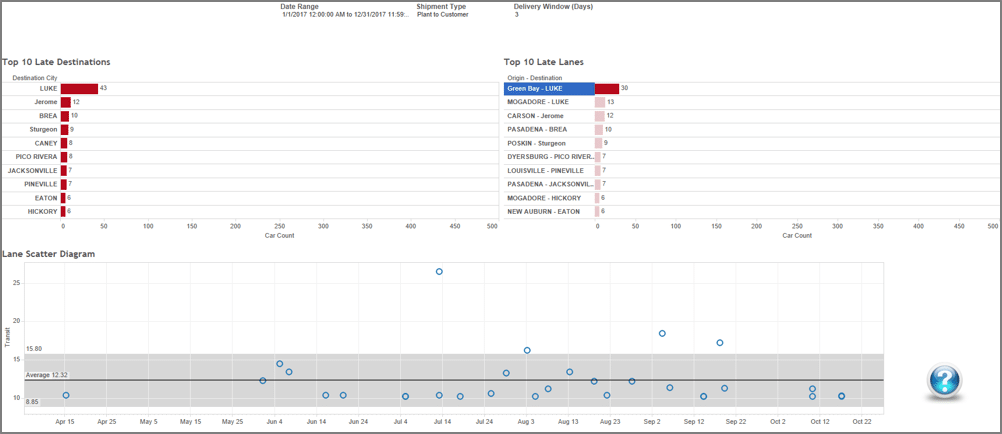
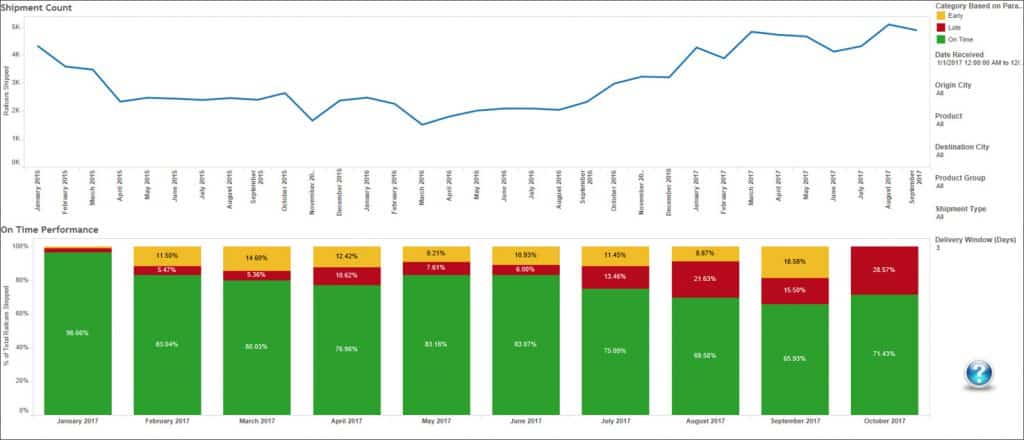
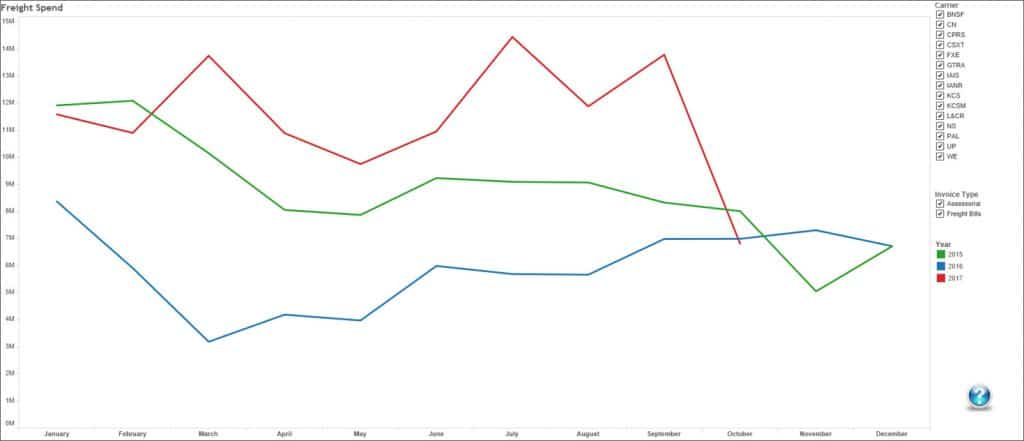





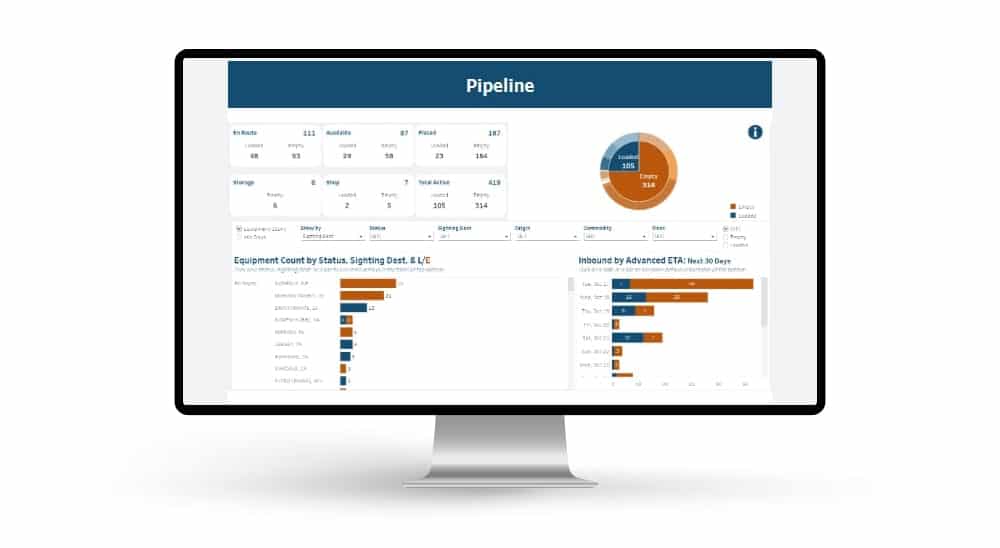 Automated exception reporting of the railcar tracking data makes it easy to identify and troubleshoot jeopardized shipments, thereby enabling you to provide better service to your stakeholders.
Automated exception reporting of the railcar tracking data makes it easy to identify and troubleshoot jeopardized shipments, thereby enabling you to provide better service to your stakeholders.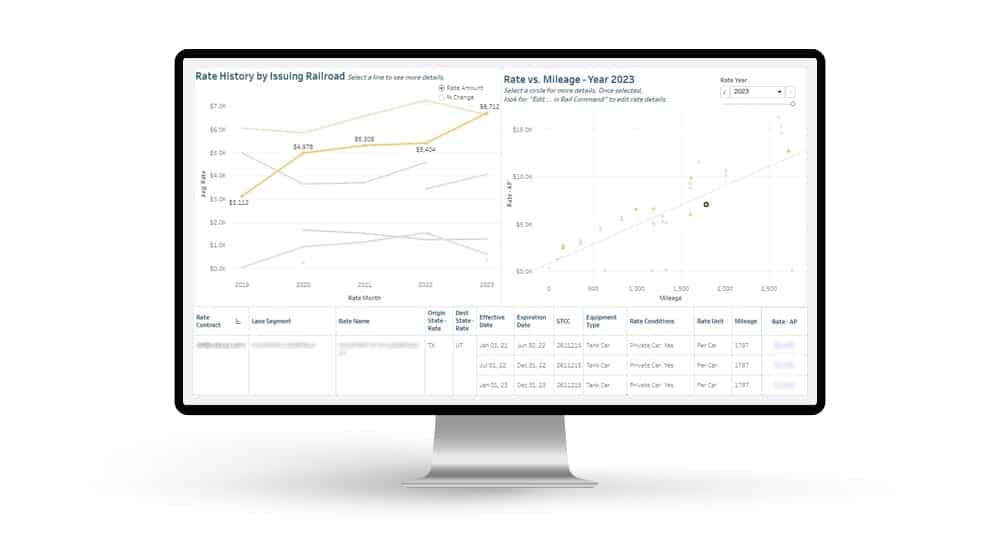 Receive notification of pending rate expirations. Tariff changes and fuel surcharges can be automatically updated.
Receive notification of pending rate expirations. Tariff changes and fuel surcharges can be automatically updated.